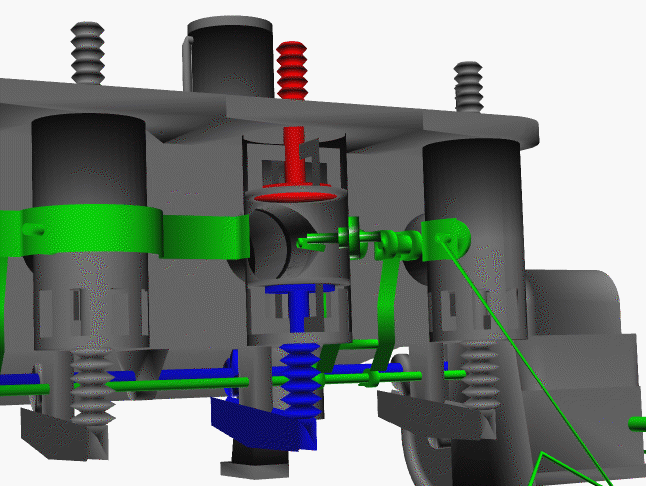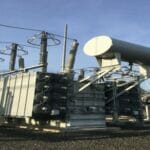- Course No E – 1520
- PDH Units 3.00
No data found for Custom Course Number
No data found for Custom Course Units
- Course No E – 1520
- PDH Units 3.00
Intended Audience: civil engineers, mechanical engineers and other infrastructure design and construction professionals
PDH UNITS: 3
This course covers the operation of pumps used in water supply systems. It also covers the motors, engines, and accessories (together called pump drivers) that provide the mechanical source of energy to pumps. Velocity pumps and positive-displacement pumps are the two categories of pumps commonly used in water supply operations. Velocity pumps, which include centrifugal and vertical turbine pumps, are used for most distribution system applications. Positive-displacement pumps, which include rotary and reciprocating pumps, are most commonly used in water treatment plants for chemical metering and pumping sludge. Course Outline 1. OVERVIEW 2. REFERENCES 3. PUMPS 4. ACCESSORIES 5. APPLICABLE PUBLICATIONS Upon completion of this course you will have an understanding of the basic considerations you need to know to develop ground and surface water pumped supplies for all types of developments.
Learning Objectives
- Learn a quick reference checklist for starting and stopping centrifugal pumps.
- Find out what causes cavitation in pumps and how to prevent it.
- Learn a routine operations checklist for centrifugal pumps.
- Learn a troubleshooting checklist for centrifugal pumps.
- Learn operating .instruction for ejector pumps.
- Learn operating characteristics of rotary and reciprocating-displacement pumps.
- Learn about a troubleshooting checklist for progressive-cavity pumps.
- Learn guidelines for stuffing box inspections.
Once completed, your order and certificate of completion will be available in your profile when you’re logged in to the site.
Ethics Courses

E – 1950 Engineering Ethics: The Citicorp Tower Wind Retrofit-An Excellent Example of Ethical Conduct of Structural Engineersby Dr. Abolhassan Astaneh-Asl, Professor Emeritus. Ph.D., PE

E – 2017 Engineering Ethics: The Hyatt Regency Skyways Collapse; Engineering Errors and Ethical Issuesby Dr. Abolhassan Astaneh-Asl, Professor Emeritus. Ph.D., PE










